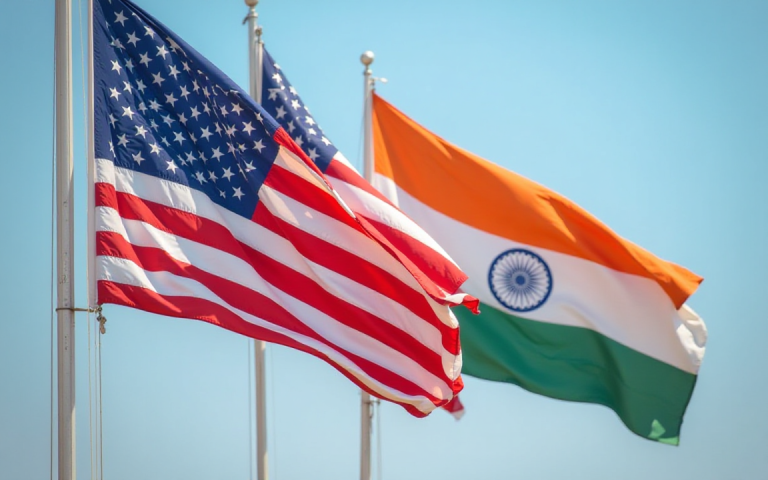The signing of the US-Vietnam trade deal pushed caution factor in India, as New Delhi seems to be engaged in some tough negotiations with their Washington counterparts.
A successful trade deal with Vietnam is expected to have major benefits for the US, but for India, it only brings more competition, all thanks to China plus one factor.
As the July 9 tariff deadlines loom, the Indian negotiators will look to secure a deal that not only is better than China or Vietnam but all its emerging peers in the region.
What is slowing the India-US trade deal?
There are some clear red lines that New Delhi is not ready to cross.
Sources close to the negotiations have revealed that the Indian negotiators have made it clear to the US side that nothing much can be done in the agriculture and dairy sector.
India has maintained this line for a while now and protected its agriculture and dairy sector on multiple forums.
Finance Minister Nirmala Sitaraman has categorically stated that India will not negotiate anything that weakens the position of its agriculture or farmers.
The US wants India to import genetically modified (GM) maize for ethanol, but India bans GM crops and protects local farmers with high tariffs. While ethanol from maize is growing fast, sugar mills worry about losing relevance.
Political pushback is likely too, especially with the Bihar elections around the corner.
Secondly, the negotiators are having some tough discussions about GM soyabean oil. The United States wants India to import GM soyabean, but New Delhi’s priorities call for the trade of GM soyabean oil only.
A proposal to import GM soybean for oil extraction and export the leftover DOC faces political resistance, especially from soybean-growing states where farmers already struggle with low prices and election sensitivities run high.
Lastly, India’s high tariffs and strict cultural norms make dairy imports, especially from the US, largely unviable.
While India won’t likely ease dairy restrictions, the US may use this sensitive sector as a bargaining chip for concessions in other agri-trade areas.
Broader uncertainties in the market
Talks between India and the US on a trade deal have dragged on because both sides are digging in their heels.
India wants to protect its farmers and small industries, while the US is pushing hard for lower tariffs and better access to its products. That’s made it tough to find a middle ground.
What’s not helping is the overall uncertainty around global trade.
The US has been shifting its stance frequently, especially on tariffs, and that unpredictability has made Indian exporters nervous.
Many are now playing it safe, cutting back orders and looking at other markets instead of depending too much on the US.
The recent reports indicate that we can see something constructive in the next 48 hours as India remains hopeful to become the second nation to secure a trade deal with the US.
The post India-US trade deal: will red lines derail a last-minute breakthrough? appeared first on Invezz

